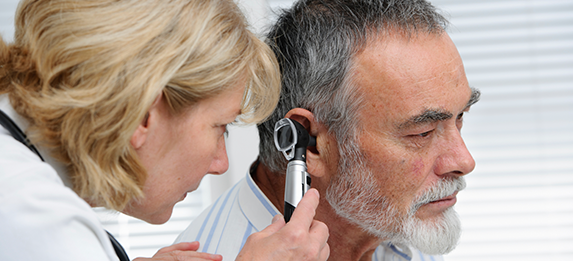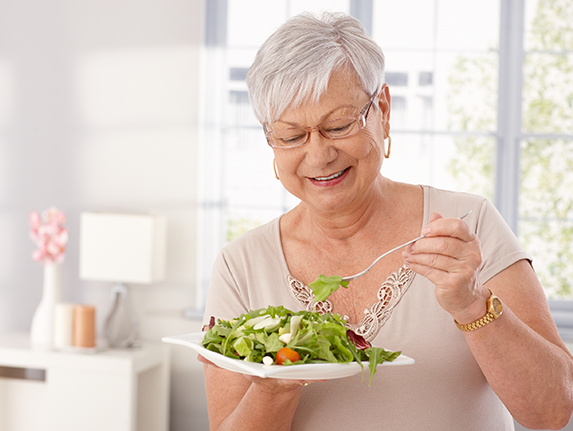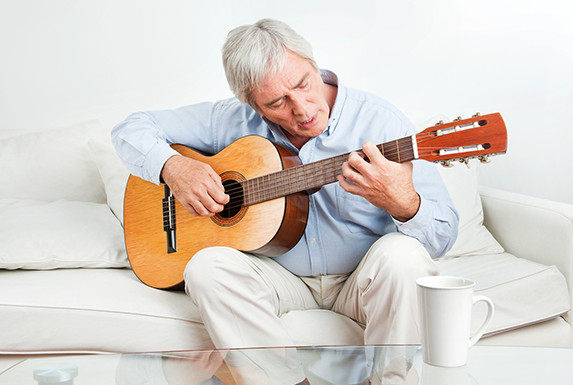
Phonaudiology Therapy
Oriented to the identification of the risk for the patient to have communication disabilities, which are directly articulated to the cognitive superior processes, and processes that have to do with nutrition, providing alternative solutions with particular or group solutions.
With this therapy we contribute to the stability and/or recovery of the ability to communicate in our elderly.
Prevention activities, and direct intervention in the deficiencies of structures and functions in the psychobiologic processes of communication and related to: speak, language, hearing and nutrition.
Physiotherapy
It is of vital importance the contribution of the physical therapy to fight or delay de physical deterioration and the inactivity of the elderly, which have as a result organ deterioration, and some sickness that can result in physical incapacity.
The elderly require of programs and exercises specially prepared and guided by a physiotherapy and rehabilitation professional. We have a physical evaluation made to every patient, in order to determine the capacities of each one and be able to implement a physical therapy plan adequate to their necessities.
The physiotherapy in the elderly has the goal of proportioning a preventing or corrective program, where the main goal is achieving the functional independence of the elderly, gaining a much better life quality.


Cognitive Therapy
One of the main changes in the elderly is the cognitive deterioration, which has a result some limitations that affect the quality of their lifestyle.
To prevent and maintain certain cognitive functionalities, it is very important that we practice their stimulation. Creating an environment rich in stimulations that make reasoning and cognitive activities easier for every patient. It improves: attention, memory, comprehension, and temporal and space orientation. Helping them to maintain their autonomy and prolong it, diminishing their deficiencies along with the risk that the deterioration gets worst.
Occupational Therapy
The main objective of the occupational therapy on the elderly is to promote the independence in the development of the daily tasks.
The importance of having these therapy is to improve the cognitive response, it works by incrementing the functional independence, increases development, prevents the capacity, and as a result improves the life quality in the elderly.
The therapies are divided in three groups, which cover three main areas of the elderly wellbeing:
Functional Activities: Promote the mental wellbeing of the elderly, implementing board games, and memory and concentration exercises. These activities are directed to everyone and especially to those with signs of deterioration in memory, Alzheimer, and demential sickness.
Technical Activities: Manual work workshops where we teach arts and crafts, cooking, gardening, etc.
Recreational, cultural and social activities: Fieldtrips, recreational workshops and social meetings.


Musical Therapy
The musical therapy is a medical activity, which uses mainly the sound resource. Its main objectives are therapeutic and relate arts with health. Everything that is expressed, from the sound, the music, and the body, creates a consciousness of the person that is expressing it.
In this stage of vital development, the musical therapy offers the following benefits:
Biological: improves breathing, regulates heart rhythm and blood pressure.
Neurological: Preserves memory, attention and concentration.
Physical: Relaxes muscles, stimulates movement and corporal control, diminishes pain.
Socio affective: Provides spaces to make friends, facilitates communication (even for people with speaking disabilities).
Emotional: Promotes the expression of feelings, laughter, and positive emotions. Diminishes anxiety.
Hydrotherapy
For the elderly, water is the therapeutic mean with less contraindications and more benefits, whether it is in the organic or the psychological areas. We modify directly de development of their activities, improving their capacity of “doing”, and by that their capacity of “being”.
The hydrotherapy is understood as an stimulation therapy – response – adaptation which is what opens such a wide adaptation camp, from the prophylaxis in general, to the treatment of chronic and serious illness.
Water teaches and helps people to remember movements, the pressure that water applies improves the consciousness of position and movement, and helps restructure the corporal scheme. Allows having a better perception of posture and position of body parts. Improves balance and posture coordination, harmony in movement and correct correlation between nervous orders and muscular responses.
The flotation will allow performing passive exercises. Attending the exercise, reducing stress on joints. Resist the movement to improve muscle strength.
Immersion helps maintain or restore mobility of a segment, also it enhances proprioception, balance and coordination
Improves psychological and emotional state of the person, to be safer movement also it influences the interaction with their peers.
Analgesic effect diminishes the muscular pain.
Improves circulation, thermic action of water on the body produces the activation of circulatory system and water pressure stimulates vein return.
Promotes respiratory rehabilitation, hydrostatic pressure strengthens inspiratory muscle.



